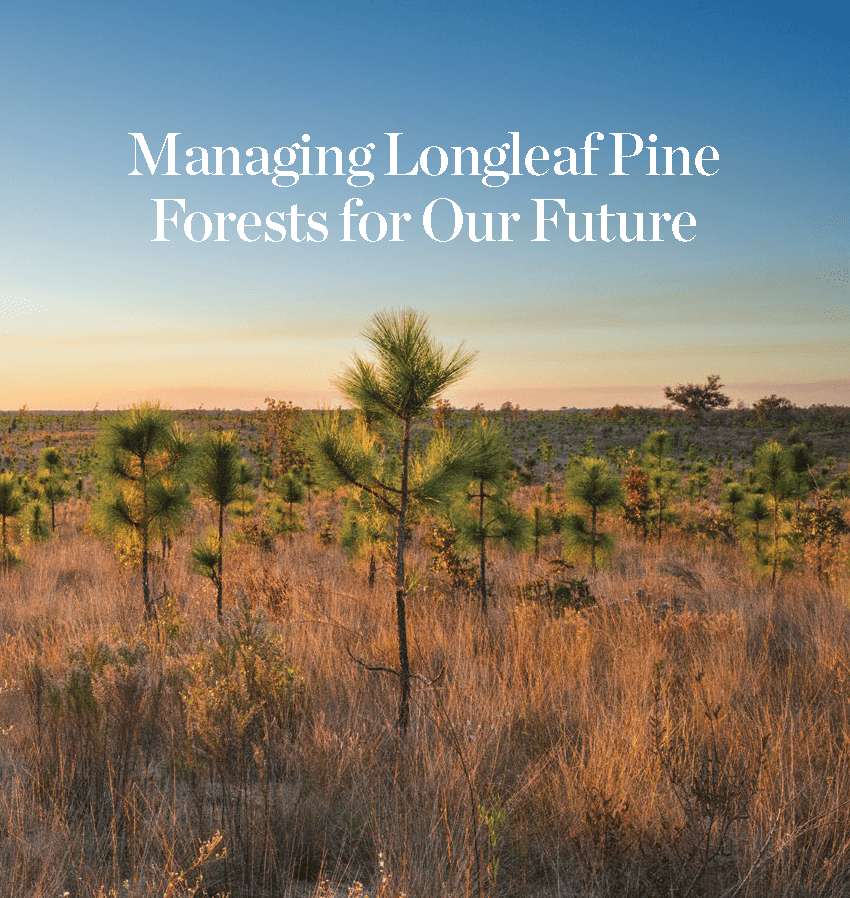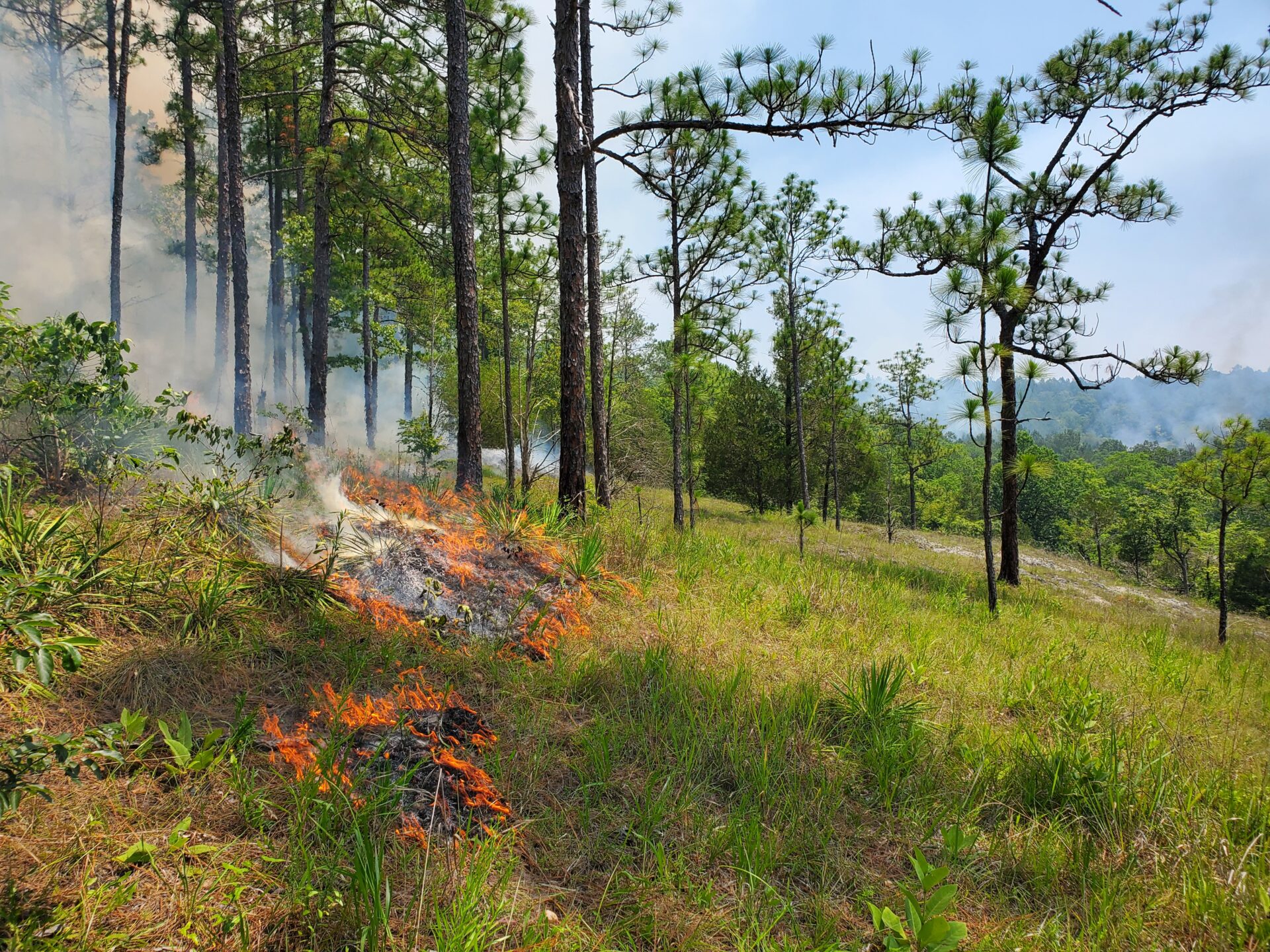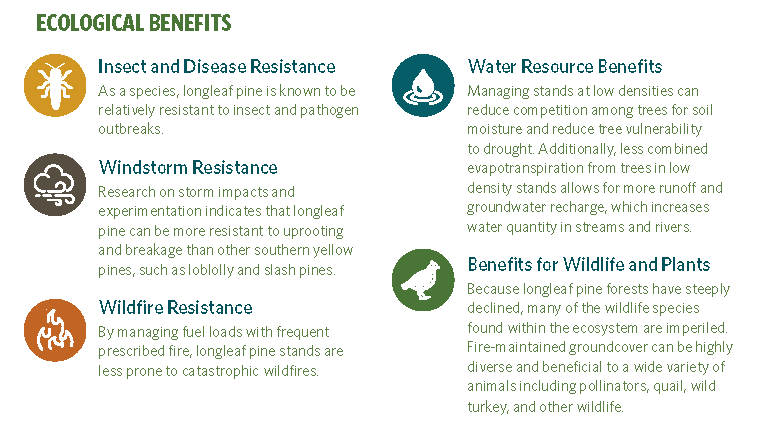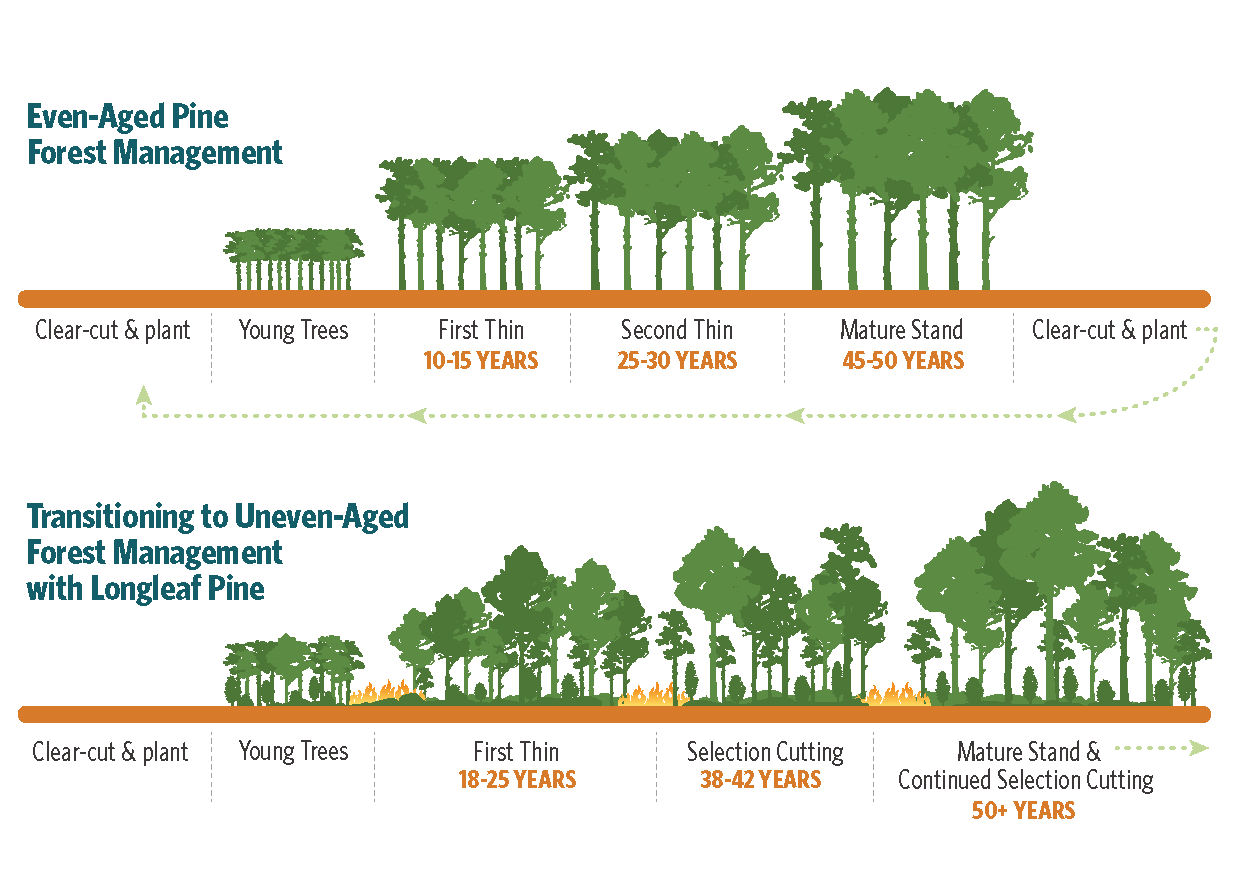Managing Longleaf Forests for Our Future
July 23, 2024
In the Southeast, where fires, floods, droughts, hurricanes, and other wind events shape the landscape, longleaf pine continues to be a testament to resilience. The trees, and the diverse forests anchored by them, are adapted to thrive in wide-ranging and challenging conditions.
For forest landowners and managers across the southern United States, it is important to understand land management practices that meet your objectives, foster positive ecological outcomes, and mitigate risks as we move toward a future with climate uncertainties.










